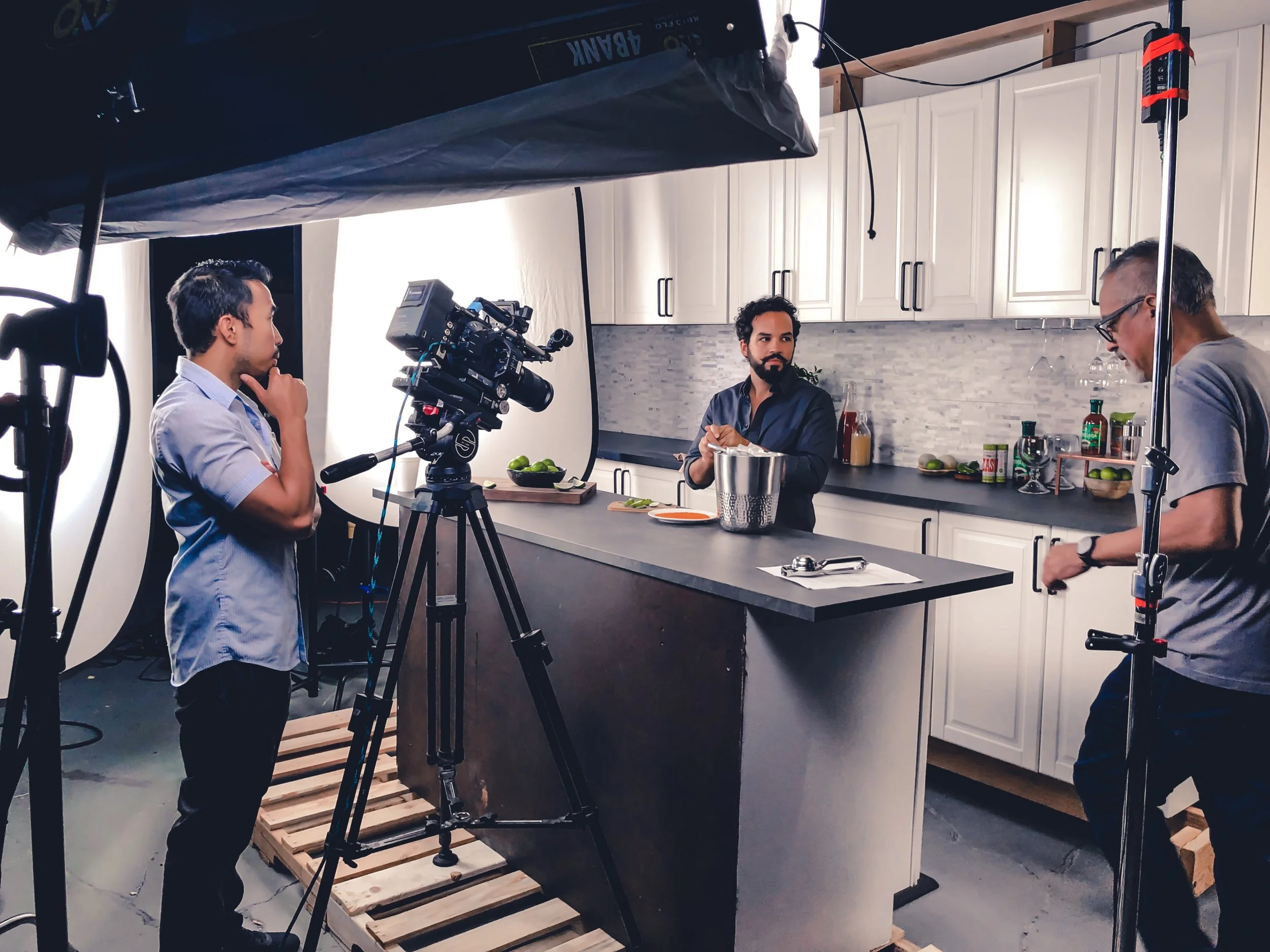Do you need to adjust your exposure in your camera settings? An image or video with correct exposure does not have the subject lost in the highlights or shadows. Know how to control the exposure on your camera by using a light meter or zebra lines so that you can recognize when your images are overexposed or underexposed. In this clip from our video content course, we go over two camera settings you can use to control the amount of exposure on your camera.
Colour Temperature
Uh oh! Looks like the lighting in your video is a little off. Having a blue or orange tint in your photos or videos doesn’t look natural. Adjusting the color temperature on your camera settings based on the light source of your environment can help make your videos and photos look accurate. If you’re confused by what color temperature is and how it affects your photos, don’t worry. Our research explains this concept to help you with your shoot!
You may notice that when shooting in various locations, there is a slight blue or orange tint to your video. This is due to your colour temperature. Colour temperature is an aspect of photography often overlooked by beginners, and can completely change the tone of the video or photo. We’re here to help you understand this photo to get the look you want just right.
So what is colour temperature? First of all, it has nothing to do with the actual temperature or heat of an object. Rather, it is a temperature of the hue a light source emits, measured in degrees Kelvin. (K) The 2 most common measurements of colour temperature are 3200K and 5600K. This is because indoor lights emit a temperature of roughly 3200K, known as “Tungsten” light, while the sun emits a temperature of 5600, known as “Daylight”. These are by no means the only existing measurements, but they are the most common ones.
So what does this have to do with photography? Colour temperature is an option in all cameras. The basic idea is this: if your camera’s colour temperature is set to the same colour temperature as the lights you are shooting with, everything will appear “normal” and a pure white object, such as a sheet of paper, will be white. If your camera’s colour temperature is lower than that of the lights, your image will appear blue, while if your camera’s colour temperature is higher than the lights, the image will appear orange. The larger the difference between the camera and light’s colour temperature, the more extreme this blue or orange hue will be.
Modern cameras have the ability to set the camera's colour temperature to exactly that of the lights automatically by taking a picture of a pure white object under the lights where they are shooting. On the other hand, you may set it to the presets of Tungsten and Daylight, or to a custom number. Colour temperature should always be taken into account when shooting a video, as it has dramatic effects on the tone and style.
